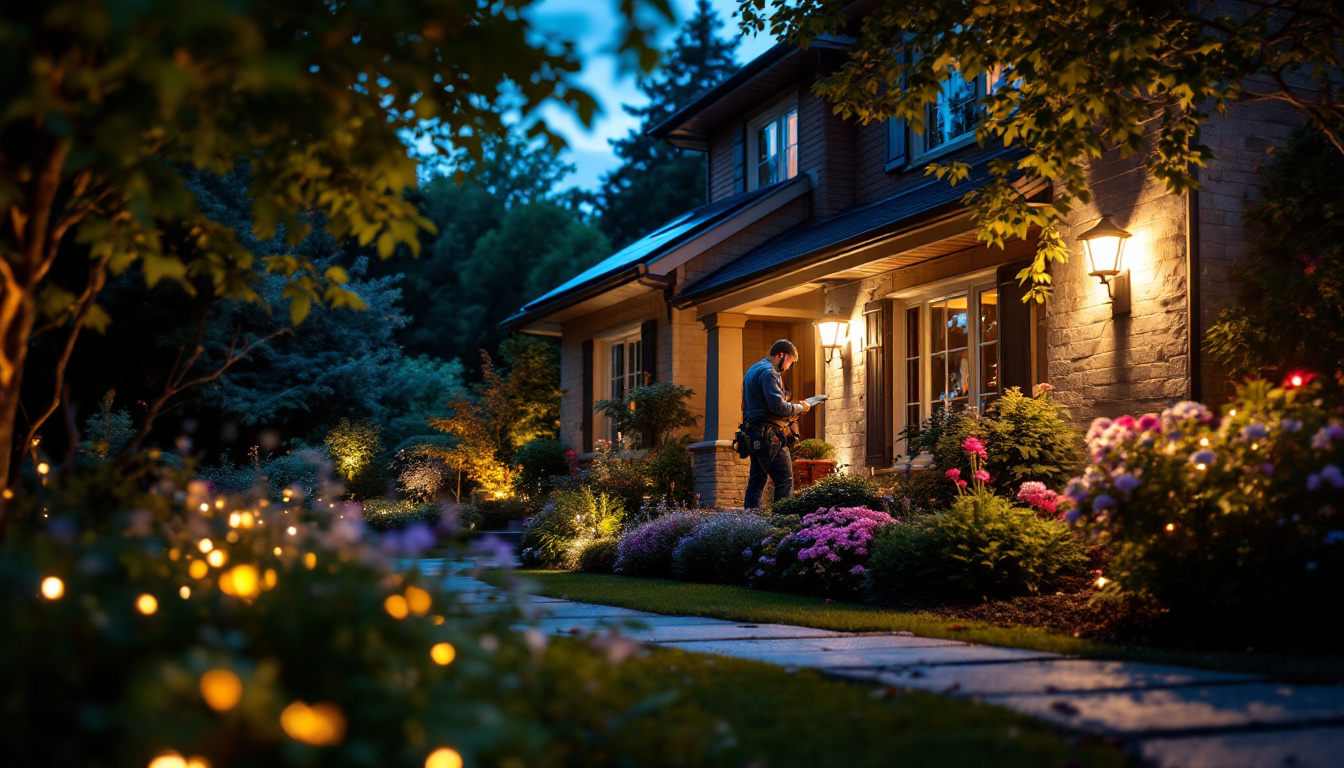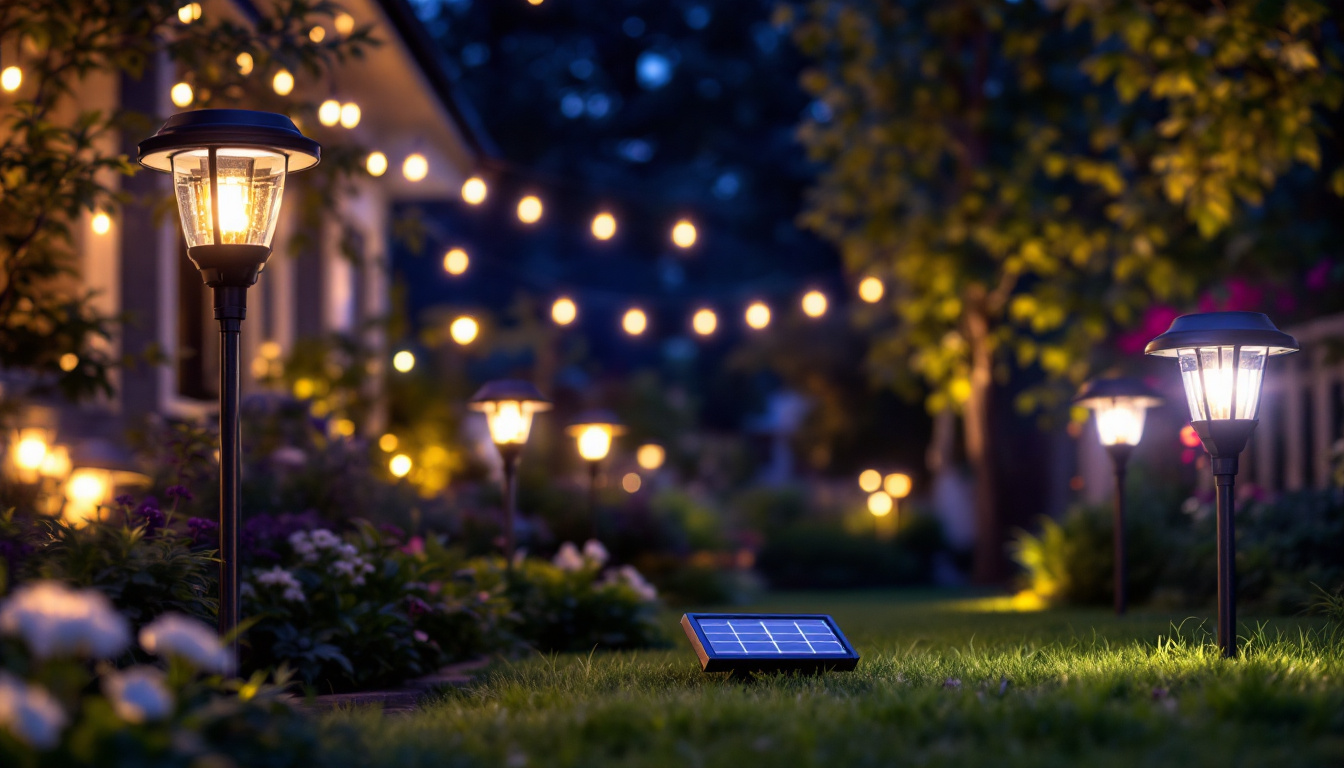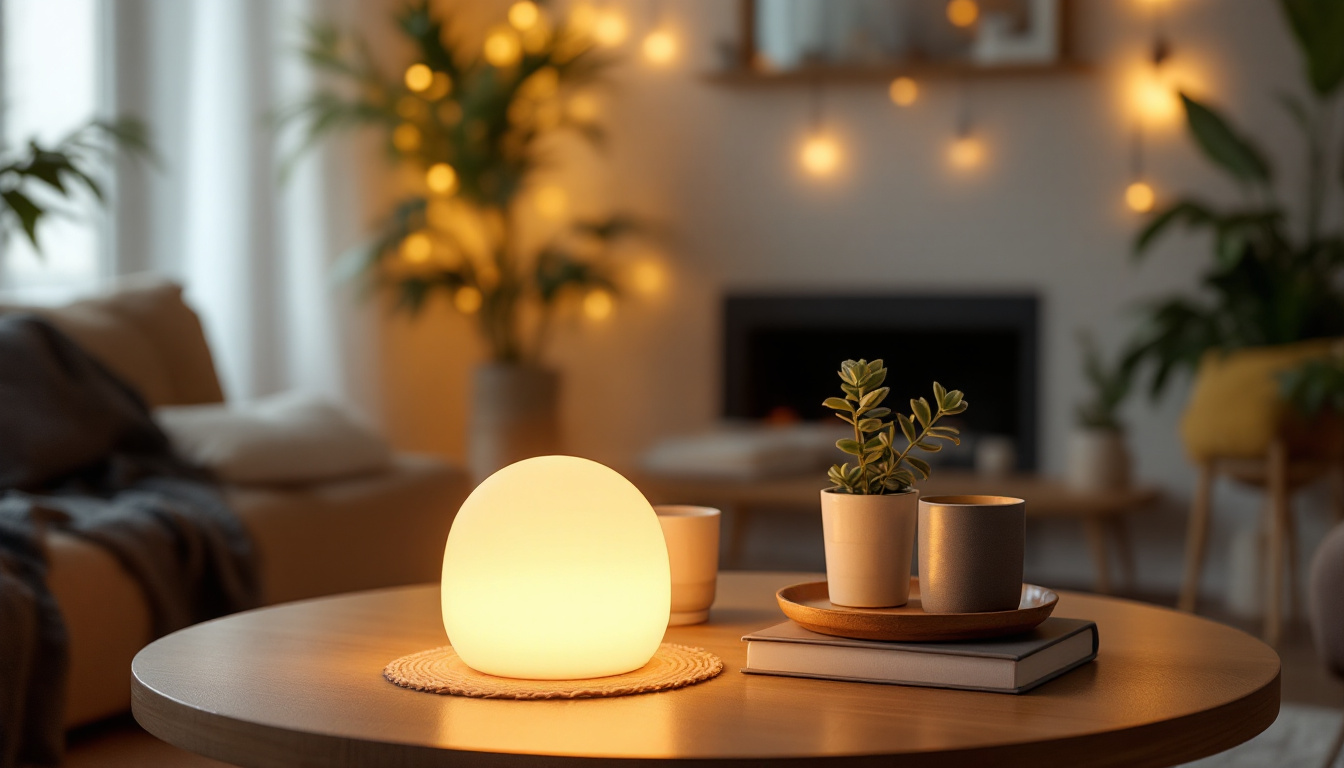
lighting contractors play a crucial role in the design and installation of lighting systems that enhance both functionality and aesthetics in various spaces. Understanding the essential parts of lighting fixtures is vital for ensuring that installations are efficient, safe, and visually appealing. This article provides key tips for lighting contractors, focusing on the various components of lighting fixtures and best practices for selecting and installing them.
To effectively work with lighting fixtures, it is essential to have a solid understanding of their components. Each part plays a significant role in the overall functionality and performance of the fixture. Familiarity with these components can help contractors make informed decisions during the installation process.
The housing of a lighting fixture serves as its outer shell, providing protection for internal components and contributing to the fixture’s overall aesthetic. It is crucial to select housing that is appropriate for the intended environment. For instance, fixtures used in damp locations require housing that is moisture-resistant.
Moreover, the material of the housing can affect both durability and heat dissipation. Metal housings are typically more robust and better at dissipating heat than plastic alternatives. However, plastic may offer design versatility and reduced weight, making it a suitable choice for specific applications. Additionally, the finish of the housing can influence the fixture’s integration into a space; a matte finish may blend seamlessly in a contemporary setting, while a polished chrome finish could add a touch of elegance to a traditional decor.
The socket is the component that holds the light bulb in place and connects it to the electrical supply. Different types of sockets are available, including standard screw-in sockets, bayonet sockets, and specialized sockets for LED or compact fluorescent bulbs. Understanding the compatibility of various bulbs with specific sockets is essential for ensuring optimal performance.
Additionally, the socket must be rated for the wattage of the bulb being used. Using a bulb with a higher wattage than the socket is rated for can lead to overheating and potential fire hazards. Therefore, always check the specifications before installation. Furthermore, some sockets come equipped with features such as dimming capabilities or smart technology integration, allowing for greater control over lighting levels and energy efficiency. This can be particularly beneficial in settings where ambiance and mood are critical, such as restaurants or theaters.
The lens or diffuser is responsible for controlling the distribution of light emitted from the fixture. It can soften harsh light, reduce glare, and enhance the overall aesthetic appeal of the fixture. Different materials, such as glass, acrylic, or polycarbonate, are used for lenses, each offering unique benefits.
When selecting a lens, consider factors such as light transmission, impact resistance, and UV stability. For example, acrylic lenses are lightweight and shatter-resistant, making them suitable for high-traffic areas, while glass lenses may provide better clarity and aesthetic appeal. Additionally, the design of the lens can significantly impact the fixture’s efficiency; for instance, lenses with prismatic patterns can help to diffuse light more evenly across a space, making them ideal for commercial environments where uniform lighting is essential. Furthermore, some lenses are treated with coatings that enhance their performance, such as anti-reflective coatings that minimize glare or frosted finishes that create a softer light output, thereby enhancing the comfort of the space they illuminate.
Choosing the right components for lighting fixtures is essential for achieving the desired performance and aesthetic. Contractors should consider several factors when selecting parts, including the application, energy efficiency, and design preferences.
The intended application of the lighting fixture significantly influences the choice of components. For example, fixtures used in commercial settings may require more robust components to withstand frequent use, while residential fixtures may prioritize aesthetics and energy efficiency.
In outdoor applications, it is vital to select components that can withstand environmental factors such as moisture, temperature fluctuations, and UV exposure. Fixtures designed for outdoor use often feature weatherproof housings and corrosion-resistant materials. Furthermore, the choice of lens material can also impact durability and performance; polycarbonate lenses, for instance, are often preferred for their impact resistance and ability to diffuse light evenly, making them ideal for outdoor applications.
With the growing emphasis on sustainability, energy efficiency has become a crucial consideration for lighting contractors. Selecting components that support energy-efficient lighting solutions can significantly reduce energy consumption and operational costs.
LED technology has become increasingly popular due to its low energy consumption and long lifespan. When choosing sockets and drivers, ensure they are compatible with LED bulbs to maximize energy efficiency. Additionally, consider components that enable dimming capabilities, allowing for further energy savings and enhanced control over lighting levels. The integration of smart technology can also enhance energy efficiency; for instance, smart sensors can adjust lighting based on occupancy or natural light levels, further optimizing energy use and contributing to a greener environment.
The design and aesthetics of lighting fixtures play a significant role in their overall appeal. Contractors should consider the style and finish of components to ensure they align with the desired look of the space. From sleek modern designs to classic styles, the right components can enhance the overall ambiance of a room.
Additionally, color temperature is an important aspect of lighting design. Selecting components that allow for the adjustment of color temperature can help create the desired atmosphere, whether it be warm and inviting or cool and energizing. The use of tunable white LED technology, which allows for the adjustment of color temperature throughout the day, can mimic natural daylight patterns, promoting well-being and productivity in both residential and commercial environments. Moreover, decorative elements such as unique lamp shapes or stylish shades can further personalize fixtures, making them not just functional but also a statement piece within the interior design scheme.
Proper installation of lighting fixtures is critical to ensuring safety, functionality, and longevity. Following best practices during installation can help avoid common pitfalls and ensure a successful outcome.
Lighting contractors must adhere to local electrical codes and regulations during installation. These codes are designed to ensure safety and prevent hazards such as electrical fires or shock. Familiarity with these codes is essential for any contractor working in the field.
Before beginning installation, review the specific requirements for the type of fixture being installed. This may include guidelines for wiring, grounding, and circuit load. Ensuring compliance with these regulations not only protects the contractor but also the end user.
Wiring techniques play a crucial role in the safety and functionality of lighting fixtures. Contractors should ensure that all connections are secure and properly insulated to prevent short circuits or electrical failures. Using the appropriate gauge of wire for the circuit load is also essential.
When connecting multiple fixtures, it is important to calculate the total load on the circuit to avoid overloading. This includes considering the wattage of all connected fixtures and ensuring that the circuit can handle the combined load without exceeding its capacity.
After installation, thorough testing of the lighting fixtures is essential to ensure they function correctly. This includes checking for proper operation of switches, dimmers, and any other control mechanisms. Additionally, verify that all fixtures are securely mounted and that there are no exposed wires.
Regular maintenance is also important for the longevity of lighting fixtures. Contractors should educate clients on the importance of periodic checks and cleaning to prevent dust buildup and ensure optimal performance. This can include replacing bulbs, cleaning lenses, and inspecting wiring for any signs of wear or damage.
The lighting industry is constantly evolving, with new technologies and design trends emerging regularly. Staying informed about these changes is crucial for lighting contractors to remain competitive and provide the best solutions for their clients.
smart lighting technology has gained significant popularity in recent years, offering enhanced control and convenience for users. This technology allows for remote control of lighting systems through smartphones or voice-activated devices, enabling users to adjust lighting levels and schedules with ease.
Contractors should familiarize themselves with smart lighting components and systems to offer clients the latest solutions. This may include integrating smart bulbs, sensors, and control systems into traditional lighting designs, providing a modern touch to any space.
As sustainability becomes increasingly important, contractors should consider incorporating eco-friendly practices into their work. This can include selecting energy-efficient components, utilizing recyclable materials, and promoting sustainable lighting solutions.
Educating clients on the benefits of sustainable lighting can also enhance a contractor’s reputation and attract environmentally conscious customers. By advocating for energy-efficient solutions, contractors can contribute to a greener future while also meeting the demands of modern consumers.
Participating in continuing education and training opportunities is essential for lighting contractors to stay current with industry standards and advancements. Many organizations offer workshops, webinars, and certification programs that cover various aspects of lighting design, installation, and technology.
By investing in education, contractors can enhance their skills, improve their service offerings, and ultimately provide better solutions for their clients. Staying informed about the latest trends and technologies can set a contractor apart in a competitive market.
Understanding the parts of lighting fixtures and implementing best practices for selection and installation is essential for lighting contractors. By focusing on the various components, considering application-specific needs, and staying informed about industry trends, contractors can enhance their expertise and provide exceptional service to their clients.
As the lighting industry continues to evolve, embracing new technologies and sustainable practices will be key to success. By prioritizing safety, efficiency, and aesthetics, lighting contractors can ensure that their installations not only meet but exceed client expectations.
Ready to elevate your lighting installations with the best parts on the market? Look no further than LumenWholesale for all your lighting needs. Our extensive selection of top-quality, spec-grade lighting products is available at unbeatable wholesale prices, ensuring you get the most value for your investment. Say goodbye to local distributor markups and hello to superior lighting products that meet the highest industry standards. With free shipping on bulk orders, LumenWholesale is your go-to source for reliable, high-performance lighting without hidden fees or compromises. Don’t settle for less—choose LumenWholesale for the perfect blend of quality, affordability, and convenience. Wholesale Lighting at the Best Value is just a click away.

Discover how solar-powered garden lights can transform your lighting contracting business.

Discover how 2X4 LED panels are revolutionizing the lighting industry and boosting success for contractors.

Discover the top strategies lighting contractors use to enhance outdoor spaces with solar lighting.

Discover how Jelly Light is transforming lighting projects with its innovative design and versatility.